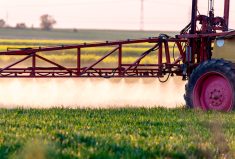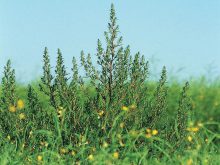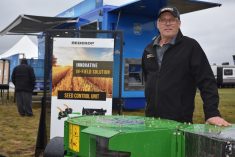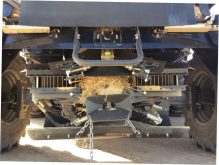A single plant that showed up this summer on the edge of a southwestern Ontario cornfield is cause for concern among Canadian farmers, weed specialists warn.
Writing Monday in the ag ministry’s Field Crop News, Ontario provincial weed management specialist Mike Cowbrough said the plant in question, found in Wellington County, is confirmed as palmer amaranth.
The species has previously been dubbed the most troublesome weed in U.S. agriculture, but hasn’t yet appeared in Canada in a significant way; its only other recent known appearance in Canada outside Ontario was by a couple of plants in a southern Manitoba bean field in 2021.
Read Also
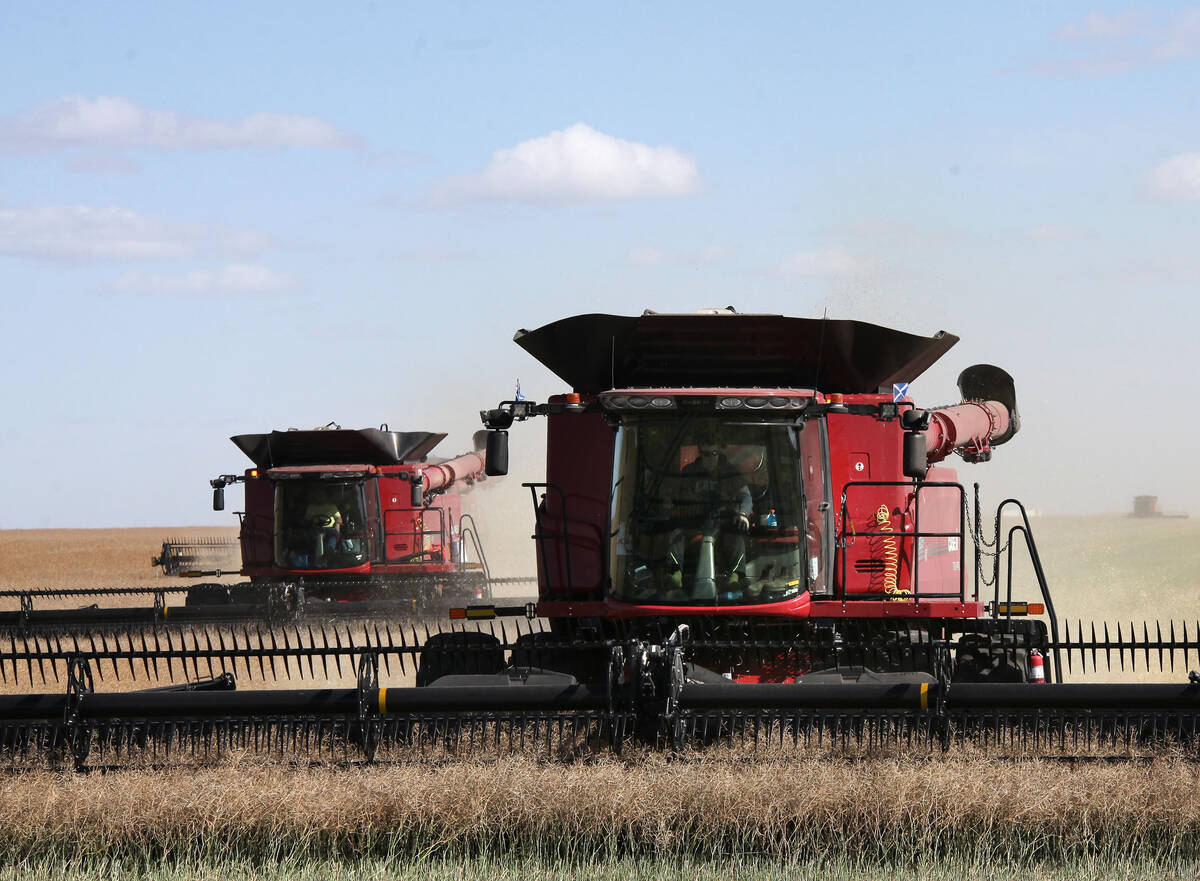
Notable changes in exports to China, India
China and India figured prominently in the September export data issued by the Canadian Grain Commission on Nov. 7. For the most part, the CGC’s numbers highlighted issues with grain, oilseed and pulse exports from licensed facilities to those countries.
While the broadleaf weed is known for its physical height — up to eight feet — and aggressive rate of spread, it’s also infamous in the U.S. and elsewhere for its adaptability against herbicides, making it even more difficult to keep in check.
The International Herbicide-Resistant Weed Database has logged cases in multiple countries of palmer amaranth plants showing resistance to one, two or three herbicide modes of action, along with two cases in the U.S. — Kansas in 2015 and Arkansas in 2016 — where the plants were resistant to five modes.
The database also documents one case, in a Kansas sorghum field in 2021, in which a palmer amaranth plant showed resistance to six different herbicide modes of action (groups 2, 5, 6, 9, 14 and 27).
In all, populations of palmer amaranth have been found with resistance to one or more of nine different modes.
Cowbrough, in his post Monday, said “it was only a matter of time” before the weed turned up in Ontario, as it was already in the Ontario-adjacent states of New York and Michigan — and has been seen in all other states bordering the Great Lakes.
Provincial specialists had also previously confirmed one-off appearances in separate spots in Ontario in 1966, 1978 and, most recently, in 2007 near Niagara Falls.
“The most valuable thing that can be done at this point is to know the process to identify any plants you suspect may be palmer amaranth and destroy any plants before they produce seed,” Cowbrough wrote.
But proper identification may be a tall order; Ontario weed specialists have previously noted it’s extremely difficult to discern palmer amaranth — or its relative, waterhemp, for that matter — from other pigweed species, especially when spotted as seedlings.
For example: the Wellington County landowner who called in the newest case described it as “‘a weird looking pigweed’ that just looked different than anything they had seen before,” Cowbrough said.
However, he said, that goes to show farmers’ gut instinct is “usually a pretty good screening tool for when you should seek help” confirming either palmer amaranth or waterhemp.
Early detection, particularly when the number of plants involved is small and manageable, is important, he said. Any palmer amaranth plants could be pulled or dug out, roots included, to prevent any seed from being produced and/or dispersed.
To help prevent the weed from gaining a toehold, Cowbrough said fall-seeded crops such as winter cereals and winter canola can “create an environment that is not ideal for (weed) seed germination.” Cover crops planted after a crop harvest are also known to generally help reduce pigweed populations that germinate and can produce viable seed.
Perennial forages such as alfalfa, he said, offer “the best opportunity” to prevent seedlings from germinating — and to draw down the weed population’s seed bank through “predation and other environmental stressors.”
For fields that are going into corn and/or soybean, finding an effective pre-emergence herbicide is “extremely important,” he said, as it would take out a “significant amount” of a first flush of palmer amaranth seedlings and make sure there’s not a “huge range” in weed stage for any post-emergent spraying that follows. — Glacier FarmMedia Network







